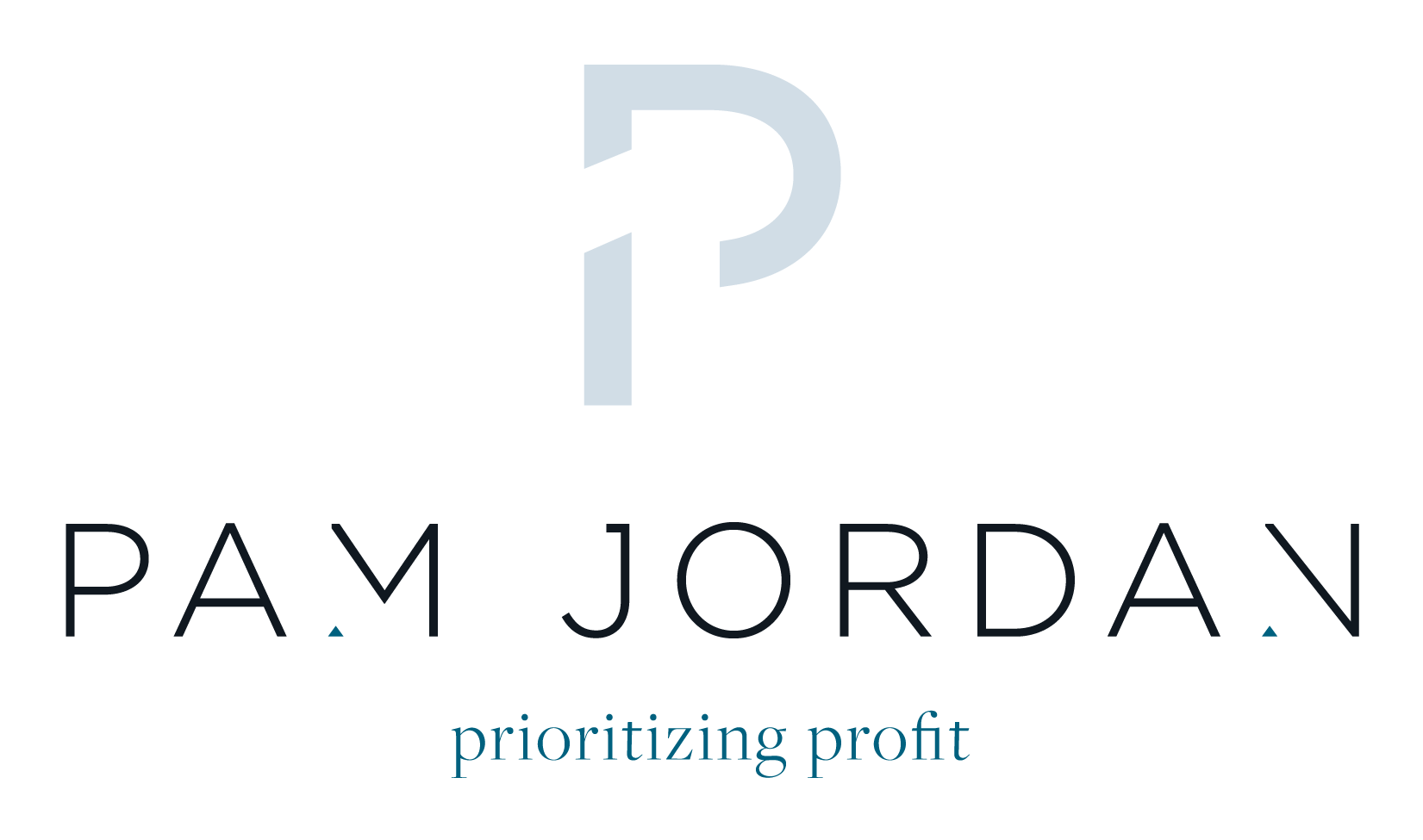What Tax Game Are You Playing?
The size and life of your business can play a large role in the tax game you opt in to. Some owners with newer businesses may be looking to save while others may be looking to expand and grow. Which tax strategy would work best for you?
The “No Taxes” Method
For most CPAs, the primary goal is to minimize the tax liability for business owners.
A business owners’ goal is, typically, is to pay as little as possible.
I call this the “No Taxes” method. The advantages are that you show a lower net income, so you have a low tax bill. Typically business owners expense personal but company related expenses through the company in this method. They write off the car, cell phones, “work” meals, a high salary, home offices, and “work” travel. I use quotes because I have met business owners with very loose definitions of what is and what isn’t a “work” expense.
If you do not need outside funding from banks or investors and you do not intend to sell your company in the next 5 years this method is a good option. Many younger companies use this method as they start out and are trying to get established.
The “Increase Enterprise Value” Method
Another method is the “Increase Enterprise Value” method. In this strategy, you do want to show a higher net income for your company. You want a strong net income to increase the value of your company so outside investors and banks see your good cash flow. Lenders and investors buy or invest in cash flow. They want to see that your company can pay them back. If your tax returns show a loss, they do not see you as a good candidate to pay them back.
In this method the owner takes a smaller salary and larger owner draws to make up their compensation. They will also limit the amount of “work” expenses that are run through the company’s bank account.
This is the best method for businesses that are looking to get outside money or sell within the next 5 years.
When I talk to business owners about the “Increase Enterprise Value” method sometimes they have hesitations about paying high taxes. However with a smart tax planner, there is a lot that can be done between your company return and your personal return to reduce your tax liability.
Tax Strategy in Action
I worked with a company in the construction industry that wanted to sell. Unfortunately, he was playing the “No Taxes” method with his company. That meant that his internal financials did not show a strong cash flow and profit. It did not look like he was making much money, at least on paper. He was actually very profitable but he was getting a high salary and running lots of expenses through the company.
When we sat down with a potential buyer, they initially did not see the full value of the company. We then presented adjusted financial analysis to remove the owner’s expenses to show the value. This was good enough for the buyer to see the value, but not for the bank.
When the buyer went to the bank to get a loan for the deal, the bank only used the tax returns to value the company.
In the end the bank would only lend 75% of what the seller wanted for the company. He had to do a seller’s note directly with the buyer for the rest.
The buyer saw the full value in the company but the bank didn’t. In the end the seller got what he wanted for the company, but 25% of it is coming directly from the buyer over the next 5 years IF he can run the company profitably.
There are many methods for running your business and many methods of how to deal with taxes. The right method 100% depends on YOUR GOALS for your company.
Want to chat about your goals? Schedule a call today!

